
Art at Our Lady of the Rosary




For the LORD gives wisdom; from his mouth come knowledge and understanding.
Proverbs 2:6

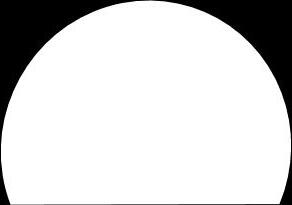


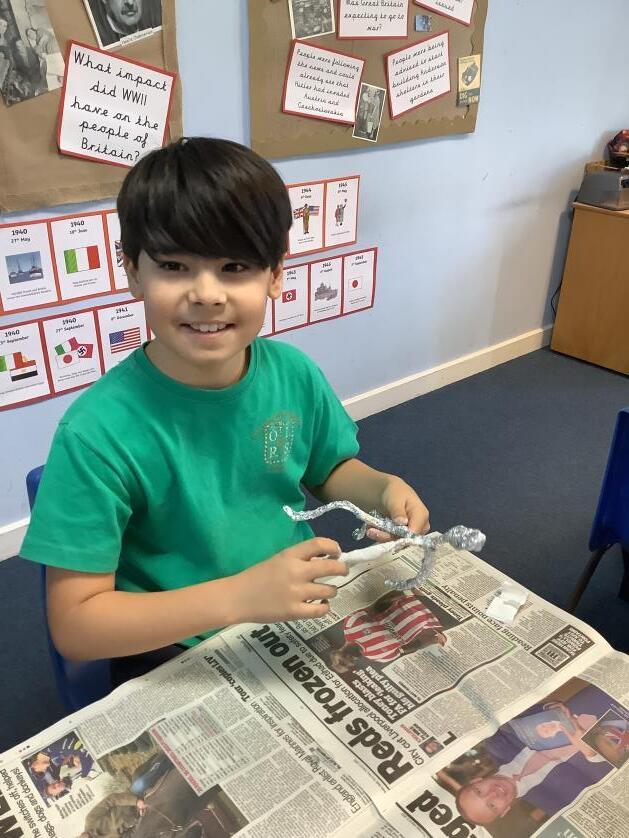
Our vision at Our Lady of the Rosary Catholic Primary School is to provide the highest quality of education within a Catholic ethos. We will provide an inclusive education for all where creativity, diversity and personality are allowed to blossom and thrive and where independence, motivation and perseverance become life-long skills. We aim to ensure pupils enjoy learning and feel prepared for life after school.

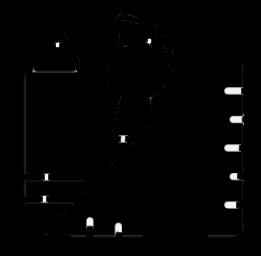


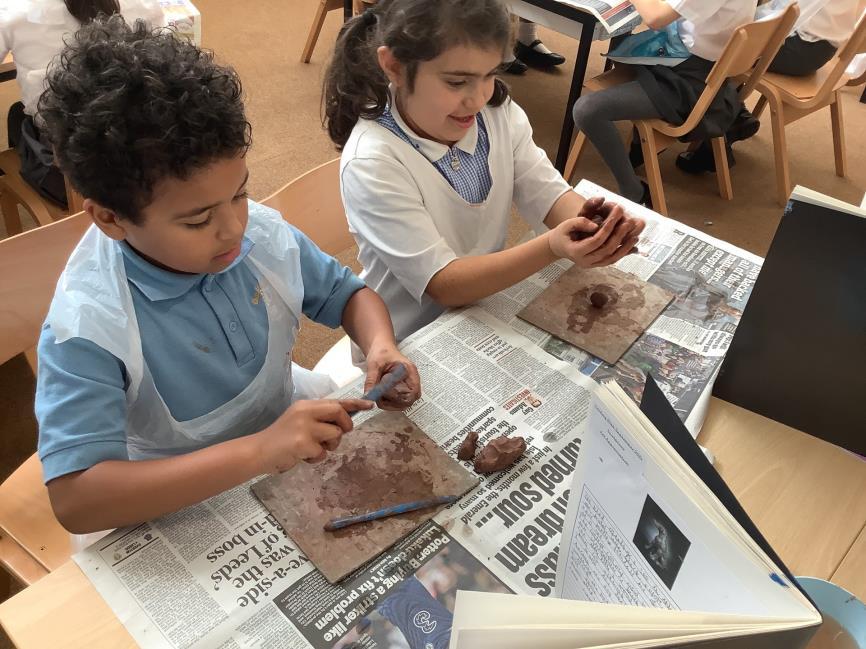
Children will progress in the 3 main disciplines of Art: sculpture, drawing and painting. Children will also develop a keen appreciation for art and be able to communicate their interpretations of art.


Year 1

Year 2
Year 3
Year 4

Year 5
Year 6
Sculpture
Technique/Movement: Abstract Sculpture
Artist(s):Barbara Hepworth, Jean Arp, Henry Moore
Sculpture
Technique/Movement: Land art
Artist(s): Ai Weiwei & Andy Goldsworthy
Sculpture
Technique/Movement: Textiles
Artist(s): Faith Ringgold, Anni Albers
Sculpture
Technique/Movement: Sensory/Interactive Sculpture
Artist(s): Hélio Oiticica
Sculpture
Technique/Movement: Clay
Artist(s): Yayoi Kusama
Sculpture
Technique/Movement: Clay Relief Tiles
Artist(s): Hilke MacIntyre
Sculpture
Technique/Movement: Wire sculpture
Artist(s): Giacometti & Calder
Drawing
Technique/Movement: Line drawings
Artist(s): Matisse & Picasso
Drawing
Technique/Movement: Mark Making
Artist(s): Van Gogh
Drawing
Technique/Movement: multi-layered mark making
Artist(s): Julie Mehretu
Drawing
Technique/Movement: Japanese Manga (Studio Ghibli)
Artist(s): Hayao Miyazaki
Drawing
Technique/Movement: Neo-Expressionism
Artist(s): Basquiat
Drawing
Technique/Movement: cartoon/graphic novels
Artist(s):
Drawing
Technique/Movement: Renaissance
Artist(s): Da Vinci
Painting
Technique/Movement: Modernism
Artist(s): Georgia O’Keeffe
Painting
Technique/Movement: Expressionism Realism
Artist(s): Alma Thomas
Painting
Technique/Movement: Colour study/Black Arts Movement
Artist(s): Lubaina Himid
Painting
Technique/Movement: Impressionism
Artist(s): Monet, Morisot, Seurat, Manet, Cezanne, Pissaro, Renoir
Painting
Technique/Movement: Landscape
Artist(s): Duncanson & Turner
Painting
Technique/Movement: Surrealism/Women in Art
Artist(s): Judy Chicago & Frida Kahlo
Painting
Technique/Movement: Portraits
Artist(s): Kehinde Wiley & Lynette Yiadom-Boakye


Explore materials.
Explore shape and form.

Explore natural materials and how they can be used in art.
Cut shapes using modelling tools.
Identify patterns, colours and textures in natural materials.
Select tools/techniques needed to shape, assemble & join materials.
Consider layering and construction in order to create sculpture.
Learn how to join and construct with sticks, stones and leaves.

Create shapes and patterns in the environment using natural and found materials.
Explore using everyday objects to create a new image through sculpture.
Explore and talk about textures of different yarns.
Learn simple straight stitch.
Learn what weft and warp are.
Identify pattern in textile wall hangings.
Develop weaving skills in order to create a small wall hanging.
Make choices about colour and texture for own artwork.
Practise additive and removal processes to create textures and representations in malleable material.
Manipulate malleable materials.
Able to understand & communicate the safety and basic care of equipment & materials.
Construct a simple base for extending & modelling other shapes.
Use a variety of materials to interact with each of the senses.
Learn about art as experience and installation.
Explore and understand the effects that can be created with colour, light and repetition.
Include visual and tactile elements to their work.
Choose specific colours and shapes to create intended image.
Develop and improve ability to carve, add and shape.
Choose appropriate tools for chosen shape/pattern on work.
Use mirror and photos to create accurate features.
Measure features to create accurate proportion on bust.
Learn to join and smooth clay.
Adapt work as and when necessary and explain why.
Learn to secure work to continue at a later date.
Gain experience in creating and using an armature.
Manipulate wire to create images of figures.
Show artistic flare in shapes and expression of figures.
Learn to build upon armature using different malleable materials.
Learn to communicate movement in sculpture.
Solve problems as they occur.


Experiment with a range of drawing tools and name them.

Draw from observation, memory and imagination.
Begin to develop tripod grip.
Use drawings to express ideas and stories.

Begin to fill page when drawing image.
Create closed shapes with continuous lines and use to represent objects.
Draw faces putting features in the correct places.
Use viewfinders to focus on a particular area.
Experiment with pencils, crayons and charcoal.
Improve tripod grip.
Draw lines of different shapes and thickness –begin to explore different grades of pencil for this.
Improve ability to fill page when drawing image.
Investigate creating tone
using pressure on pencil, shades of colour and layers of lines-shading.
Begin to develop intricate marks and patterns.
Use 3 different grades of pencil (4B, 8B, HB).
Experiment with using pens, chalk, oil pastels.
Attempt simple still life, drawing for a sustained period.
Begin to draw subjects the correct size relative to the size of the page.
https://www.youtube.com/ watch?v=eujD5wXrPTY
Begin to collect and record visual information/inspiration from different sources, into their sketchbook
Experiment with use of ballpoint pens for drawing.
Gain experience with blending and rendering.
Be able to choose techniques that will produce their planned effect.
Begin to show awareness of objects having third dimension, perspective and shade.
Show attempts at representing third dimension in still life or realistic image.
Be able to choose a drawing tool in order to create chosen effect. Be able to justify choice.
Be able to choose drawing techniques to create desired texture or tone.
Apply knowledge of light, shade, highlights, colour & 3D.
Communicate an idea important to them through drawings.
Work from a variety of sources to produce drawing e.g photos, digital images, observation.
Use shading to create mood and feeling.
Begin to develop an awareness of composition, scale and proportion in their work.
Make a collection of drawings around a theme.
Explain why they combined different tools to create their drawing.
Sketches communicate emotions and a sense of self within accuracy and imagination.
Draw reflections in work.
Work from still life & photos.
Use shading, hard and soft lines to show the detail and avoid using a rubber.
Sketchbooks demonstrate the artistic style of the user
Make artistic choices regarding the use of line, shape, patterns, colour, tone and space.
Use different techniques for different purposes within own work, demonstrating an understanding of what works well and why.

Develop secure awareness of perspective, composition, scale and proportion in their work.

Explore different types of paint.
Explore colour mixingadults model mixing secondary colours.

Explore painting on different surfaces and in different ways.
Recognise and name the primary colours.
Use sketching to plan painting.

Learn to fill page when painting and drawing.
Begin to show control over the types of marks made.
Describe and express feelings through art.
Mix secondary colours independently & name them.
Learn about colour wheel and complimentary colours.
Experiment with a range of painting tools e.g different paint sizes, rollers, sponges.
Show control over marks and simple shapes made.
Express mood in their paintings.
Use knowledge of colour wheel to make choices about colours painted next to each other.
Paint free shapes in an order to create a larger pattern and shape.
Begin to paint objects reflecting scale and proportion.
Begin to paint a picture of something they can see.
Begin to reproduce the colours of different objects.
Use thick and thin brushes as appropriate.
Predict with accuracy the colour that they mix.
Accurately place colours on the colour wheel.
Identify colour and mood in artists’ paintings.
Explore oil paint and how to create texture with it.
Learn how to do hatching, cross-hatching, stippling, drybrushing, and sgraffito with paint.
Create greys and dark tones by mixing complementary colours.
Place wet paint into wet paint to produce softer edges and intermingling of colour.
Gain experience with effects such as block colour & textural effects.
Produce a background using a wash.
Make tints by adding colour to white & make tones by adding black.
Use knowledge of colour to make decisions about own work.
Learn range of techniques such as layering, mixing, adding texture.
Use light and dark within painting to imitate lighting in reality.
Continue to explore colour wheel, introducing warm, cool, complementary & contrasting.
Demonstrate improvement in accuracy when painting realistic image.
Learn and use new textural techniques & tools.
Reproduce the colours of different objects with increasing accuracy.
Develop simple perspective by using a focal point and horizon.
Identify the origin of light in a real or photographic image and how it affects everything within the image.
Improve ability to depict light accurately.
Use sketches and detail studies to improve own work.
Use light and dark shades of colour with a purpose in mind.
Use a range of brushes to create different effects.
Show increasing control when painting more complex shapes.
Carry out studies of the body and facial features in order to improve realism.
Carry out preliminary studies and mix appropriate colours. Be able to justify final decisions. Work in a sustained, independent way to develop an individual style.
Use shading and light to improve realistic image.
Demonstrate improved ability to paint proportionally.
Consider background of portrait and the message it can convey about the subject.

Show thoughtful choices with background and subject position.

EYFS

I can say which pieces or art I like or do not like. I am beginning to give reasons why. I can identify colours in art. I am beginning to relate colours to emotions.
Year 1 I can explain why I do or do not like a piece of art. I can identify textures and patterns in art. I can recognise elements of art in the environment. I can identify complimentary colours in a piece of art. I am beginning to identify mood in art.
Year 2 I can pick out particular elements of a piece of art that I do or do not like. I can explain how I might do that element differently. I can describe the mood of a piece of art. I can talk about a build up of colours to create a hue. I can talk about the lines in a piece of art.
Year 3 I am beginning to identify techniques used in a piece of art. I can compare the similarities and differences between pieces of art. I can talk about the depiction of light in an art work. I can talk about the shapes in a piece of art.

Year 4 I can talk about perspective and horizon in a piece of art. I can imagine the meaning or artists' intention behind a piece of art. I can relate the subject or mood of a piece of art to my own life. I can talk about the effects of light and shade in a piece of art.
Year 5 I can talk about the political/social ideas behind a piece of art. I can begin to explain the role of art in political and social movements. I can communicate my own beliefs or ideas through my art. I can identify traits and styles that are unique to individual artists. I can use shade and colour to create an intentional mood in my work.
Year 6 I can describe the cultural impact of an artist and/or their work. I can talk about the similarities and differences between contemporary art across history. I can interpret and describe deep emotions conveyed by facial expressions. I can explain how a piece of art moves me. I can look at art closely and talk about the layers/techniques/colours that have been used to create a certain effect.





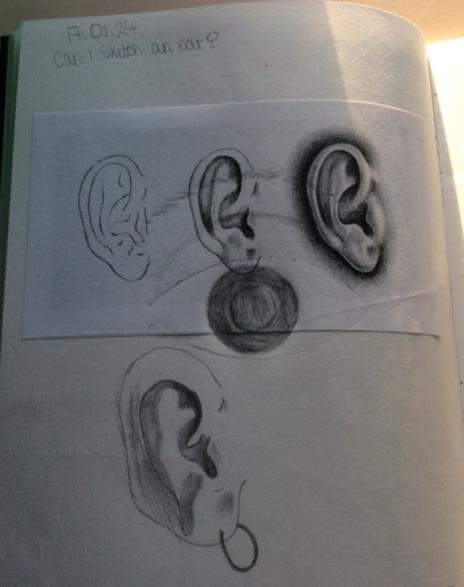
For each discipline, the lessons follow this sequence:
-Knowledge of the artist -Art appreciation-Practising techniques
-Design/plan for final piece
-Final piece
-Evaluation



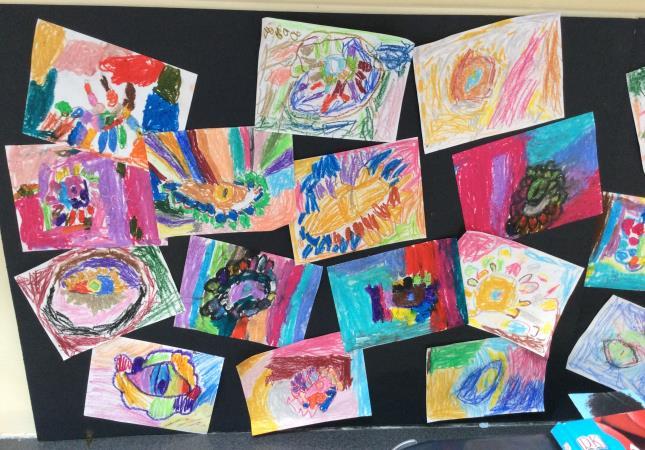

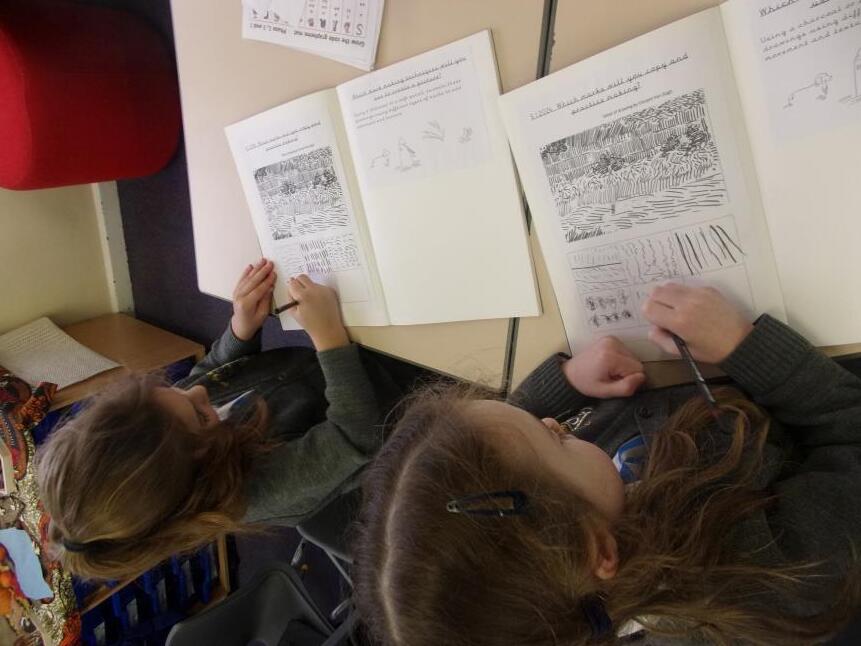
Children are assessed against the progression of skills document and the progression of knowledge document. They are assessed to be working toward or at expected level for each skill and for art appreciation.



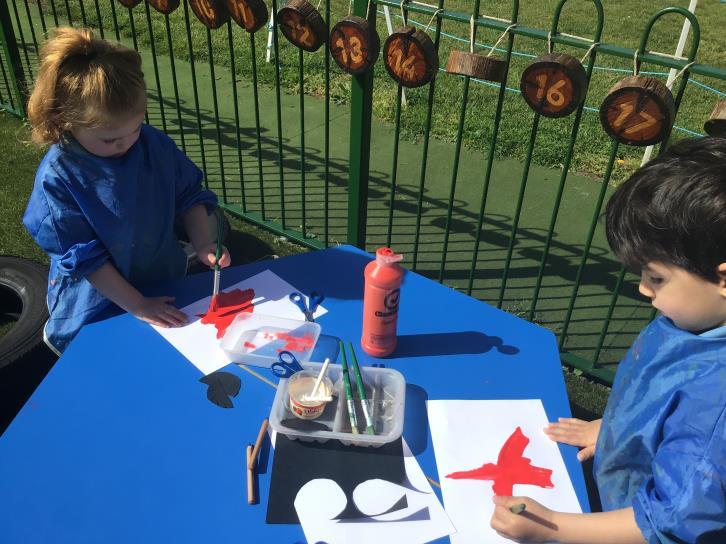

Sir Richard Reynolds’ Secondary school Art department led a workshop. They helped the children to use collage to make a butterfly in the style of Eric Carle. They also helped the children to mosaic a butterfly sculpture.
Staines station are adding some artwork to their community allotment and waiting room. The pupils at Our Lady of the Rosary have been invited to contribute designs which the artist will use to create artwork.



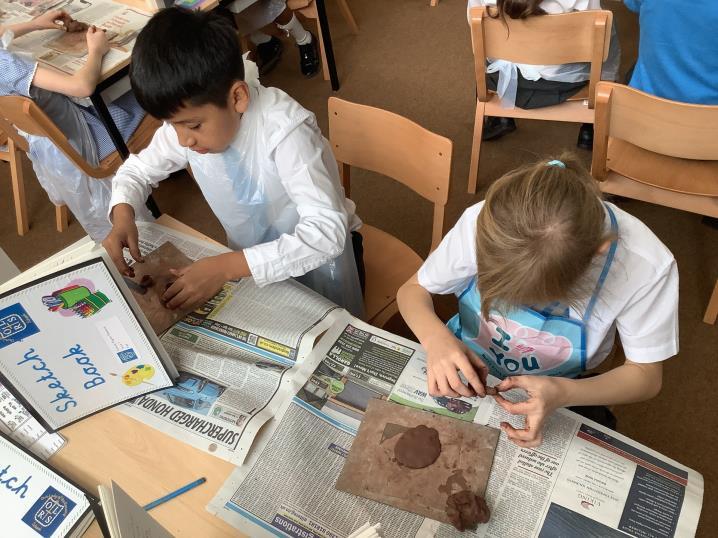
Year 4 Pupil: “I had never used different types of lines: long strokes and dots. I used the strokes and dots I learned, for art I do at home.”.

Year 1 Pupil: “When I do Art it makes me feel confident and I see that my work in my sketchbook at the beginning and see that now I’ve got better”.
Year 5 Pupil: “We look at pictures and discuss with our partner how the pictures make us feel and what we think of the art.”.



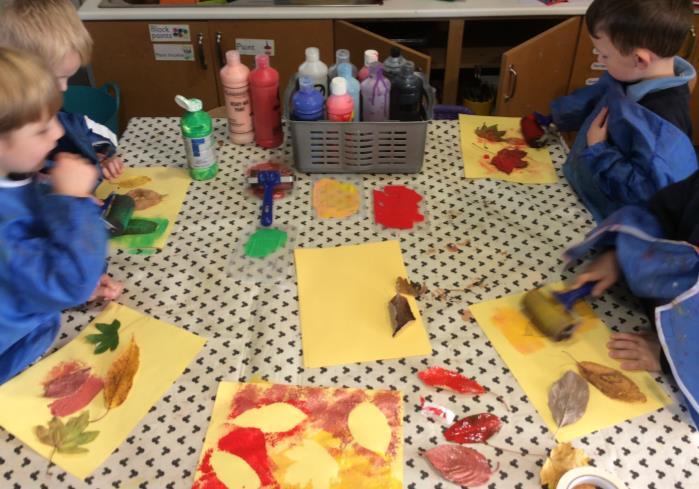

Pupils make excellent progress from their starting points.
Pupil voice evidences a love of learning in art of both skills and art appreciation. Pupils demonstrate an understanding of why they are learning specific topics and are keen to expand their knowledge.
Pupil’s sketchbooks demonstrate progress in the implementation of the curriculum and a greater understanding amongst staff and children of how to use their sketchbook effectively.

